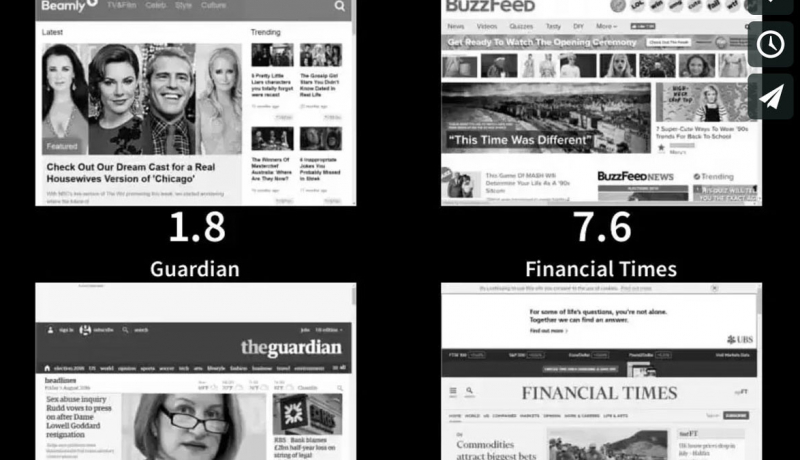You Don’t Get AMP
I’m often wondering if I get AMP. If you sometimes think the same thing then this article will help you understand more of the benefits. I often focus around the negative sides of AMP so it’s good to balance your opinions with other points of view.

The AMP that most people mean is the restricted HTML format, as laid out by the AMP Spec, and verified by the AMP Validator. Along with this is the AMP Runtime, the collection of custom elements–
amp-img,amp-carousel,amp-adand so on– that replace their HTML equivalents with something whose performance is both predictable and verifiable.And yes, it’s true that you can write a site that is fast by avoiding a lot of what HTML can do. Turns out that not doing anything is a pretty good way of running fast. But the purpose of AMP HTML isn’t just being fast, it’s being verifiably fast. It’s being able to look at the markup of a page– just the markup, not even loading the page once– and go “yup, that’s fast”.
An excerpt from You Don’t Get AMP


